25 Ross Parade, Woodcote Road, Wallington, London, SM6 8QF
‘Moon’ is used in the name of several Wetherspoon pubs, linking them with the ideal pub described by George Orwell. The famous writer called his fictitious pub ‘Moon Under Water’. This pub occupies a well-known (but much-altered) building. It first opened its doors on 26 May 1934 as the Odeon. The cinema had more than 900 seats and entertained film-goers until the late 1950s. The auditorium was demolished and replaced by a supermarket.
A framed photograph of the Odeon Cinema, 1954.
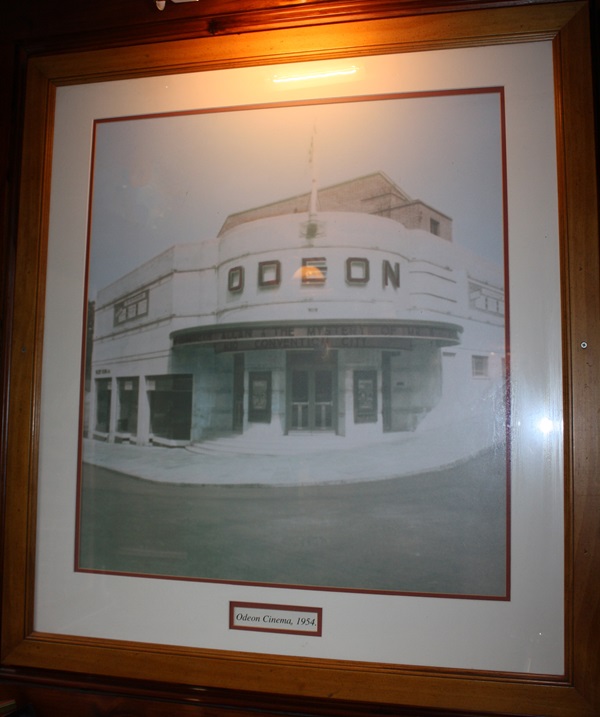
Framed photographs and poster for the opening of the Odeon Cinema, 26 May 1934.
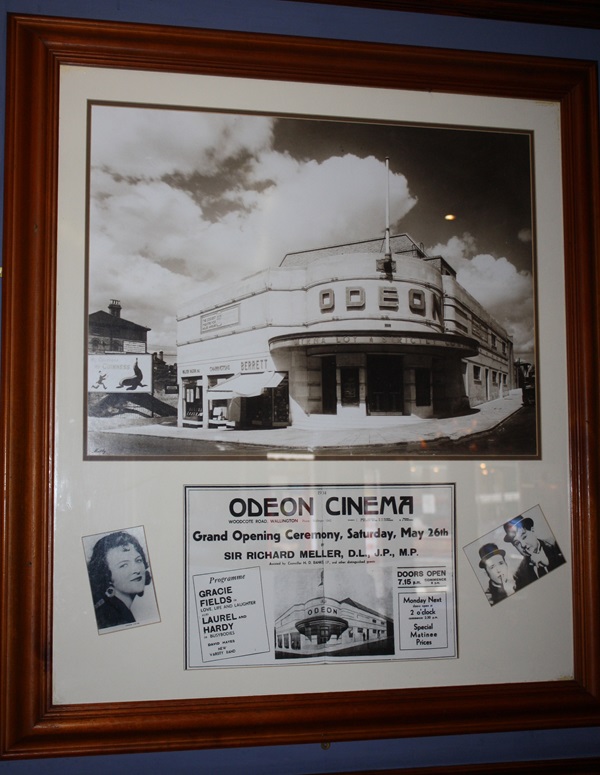
A selection of framed photographs of film stars.
.jpg?h=551&&w=600&la=en&hash=27DD71B1C15605B87AF5BD542CEA6D2185B51CC0)
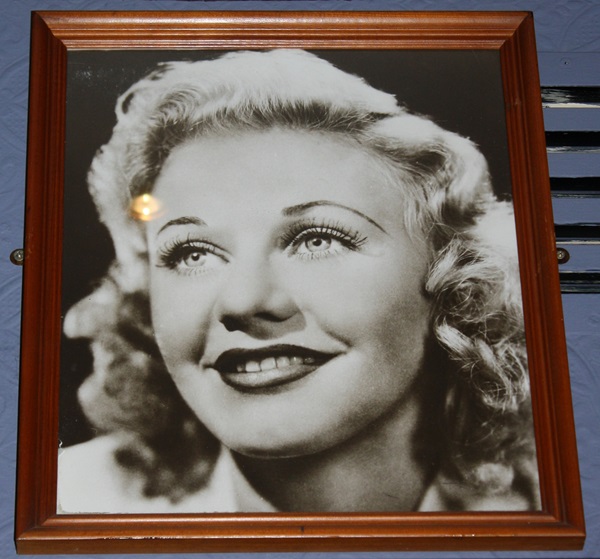
.jpg?h=567&&w=600&la=en&hash=409CD2EB5F898ECDABFEE3FF816C535232EE442B)
.jpg?h=538&&w=600&la=en&hash=BF2EBCC82060AA686C75092221C122D8380C2F02)
Framed photographs and text recalling people’s memories of Wallington.
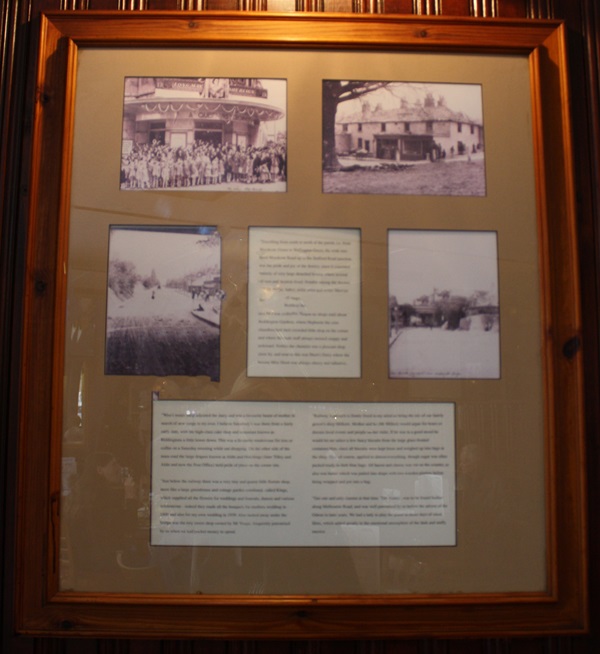
The text reads: “Travelling from south to north of the parish, i.e. from Woodcote Green to Wallington Green, the wise tree-lined Woodcote Road up to the Stafford Road junction was the pride and joy of the district, since it consisted entirely of very large detached houses where several doctors and dentists lived. Notable among the doctors was Dr. Peake, father of the artist and writer Mervyn Peake”.
“When I was young there were no shops until about Beddington Gardens, where Hepburns the corn chandler had their crowded little shop on the corner and where the male staff always seemed snappy and awkward. Nobles the chemists was a pleasant shop close by, and near to this was Short’s Dairy where the Buxom Miss Short was always cheery and talkative”.
“Wise’s music shop adjoined the dairy and was a favourite haunt of mother in search of new songs to try over. I believe Sainsbury’s was there from a fairly early date, with the high-class cake shop and restaurant known as Riddlingtons a little lower down. This was a favourite rendezvous for ices or coffee on a Saturday morning while out shopping. On the other side of the main road the large drapers known as Aldis and Hutchings (later Tilley and Aldis and now the post office) held pride of place on the corner site”.
“Just below the railway there was a very tiny and quaint little florists shop, more like a large greenhouse and cottage garden combined, called Kings, which supplied all the flowers for weddings and funerals, dances and various celebration – indeed they made all the bouquets for mothers wedding in 1909 and also for my own wedding in 1939. Also tucked away under the bridge was the tiny sweet shop owned by Mr Waspe, frequently patronised by us when we had pocket money to spend”.
“Railway Approach is firmly fixed in my mind as being the site of our family grocer’s shop Millests. Mother and he (Mr Millest) would argue for hours or discuss local events and people on her visits. If he was in a good mood he would let me select a few fancy biscuits from the large glass-fronted container-bins, since all biscuits were kept loose and weighed up into bin bags in the shop. This, of course, applied to almost everything, though sugar was often packed ready in dark blue bags. All bacon and cheese was cut on the counter, as also was butter which was patted into shape with two wooden platters before being wrapped and put into a bag”.
“Our one and only cinema at that time. ‘The Gaiety’, was to be found further along Melbourne Road, and was well patronised by us before the advent of the Odeon in years later. We had a lady to play the piano in those days of silent films, which added greatly to the emotional atmosphere of the dark and stuffy interior”.
Framed photographs and text recalling people’s memories of Wallington.
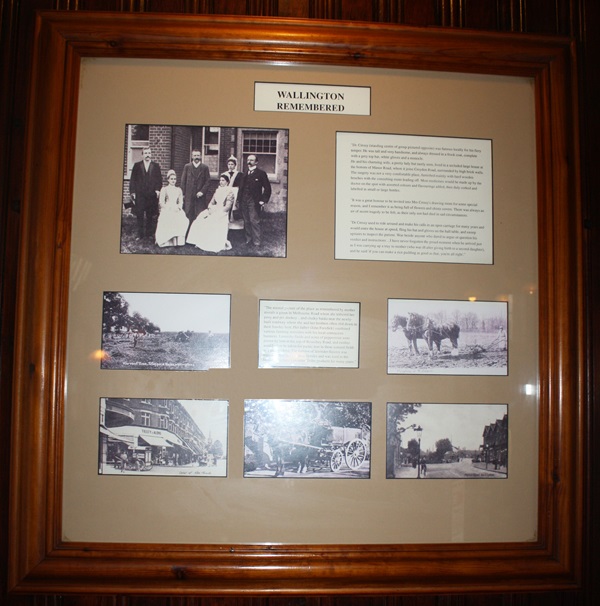
The text reads:
“Dr. Cressy (standing centre of group picture opposite) was famous locally for his fiery temper. He was tall and very handsome, and always dressed in a frock coat, complete with a grey top hat, white gloves and monocle. He and his charming wife, a pretty lady but rarely seen, lived in a secluded large house at the bottom of Manor Road, where it joins Croydon Road, surrounded by high brick walls. The surgery was not a very comfortable place, furnished mainly with hard wooden benches with the consulting room leading off. Most medicines would be made up by the doctor on the spot with assorted colours and flavourings added, then duly corked and labelled in small or large bottles”.
“It was a great honor to be invited to Mrs Cressy’s drawing room for some special reason, and I remember it being full of flowers and chintz covers. There was always an air of secret tragedy to be felt, as their only son had died in sad circumstances”.
“Dr Cressy used to ride around and make his calls in an open carriage for many years and would enter the house at speed, fling his hat and gloves on the hall table, and sweep upstairs to inspect the patient. Woe betide anyone who dared to argue or question his verdict and instructions… I have never forgotten the proud moment when he arrived just as I was carrying up a tray to mother (who was ill after giving birth to a second daughter), and he said ‘if you can make a rice pudding as good as that, you’re all right’”.
“The mental picture of the place as remembered by mother reveals a green in Melbourne Road where she tethered her pony and pet donkey… and chalky banks near the newly- built roadway where she and her brothers often slid down in their Sunday best. Her father (John Forsdick) combined various farming activities with his local contractors business. Lavender fields and acres of peppermint were grown by him at the top of Boundary Road, and mother would often be taken for picnic teas in these scented fields as a young child. The harvest of lavender flowers was regularly distilled by Miss Sprules and was used in the famous Mitcham Lavender Toilet products for many years”.
Framed photographs, drawings and text about Frank Dadd, 1851–1929.

The text reads: Frank Dadd came to live in Wallington in 1903. He was by then an established artist.
He was born in Whitechapel. His father was a chemist, and his father’s brother was Richard Dadd. It was Richard who murdered their father and spent what was left of his life in Bethlem and then Broadmoor, painting what are now sought after works.
Frank Dadd entered the Royal Academy Schools in 1871 when Landseer was the keeper and Lord Leighton a Visitor. He found immediate employment when he left, with Cassells book publishers and the Illustrated London News.
He was always a ‘working artist’, with commissions to complete and deadlines to be met. For instance, his drawing of the Jubilee Procession outside St Pauls had to be finished with all the details correct and all the assembled personages included, within 24 hours of the event. For the even larger Battle of Omdurmann – crowded, all the figures in action and everyone in uniform – he had 48 hours from start to finish.
Frank Dadd lived in Wallington for 16 years. Two of his sons, Geoffrye and Captain Ralph Dadd, lived on in the area after Frank had moved to Devon. He had sold his house to Charles Gulliver, the Music Hall and Cinema proprietor. In 1934 it became Collingwood Boys School, and Frank’s old studio was used for assembly.
Frank was an outdoor man. He enjoyed country walks with his dogs, who show up in many of his drawings.
A framed copy of The Wallington & Carshalton Times and Surrey County Mail, May 26th 1934.
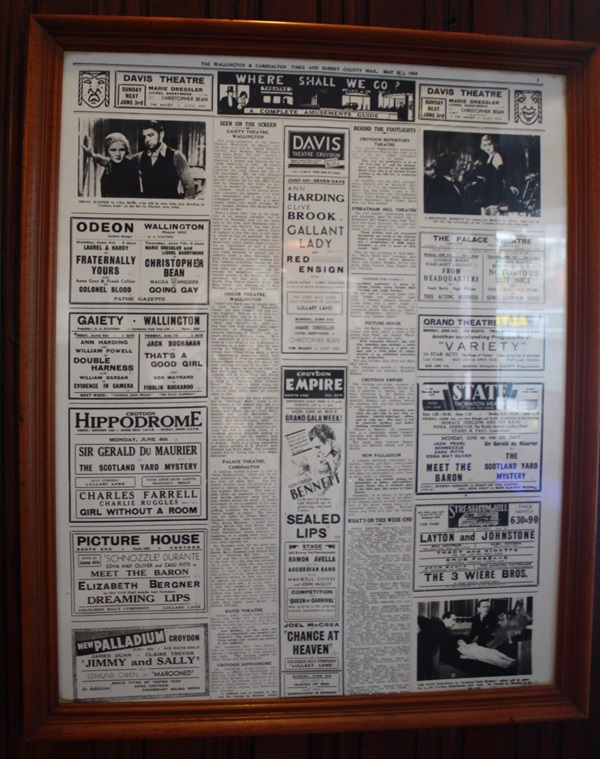
Features include ‘A Complete Amusements Guide’ and an advert for performances at Croydon’s Hippodrome.
Framed photographs of Rose Parade, Wallington.
.jpg?h=690&&w=600&la=en&hash=956689B355C8C9E85AFC4A6570475CB43DB41D7F)
Framed photographs of Wallington’s railway station.
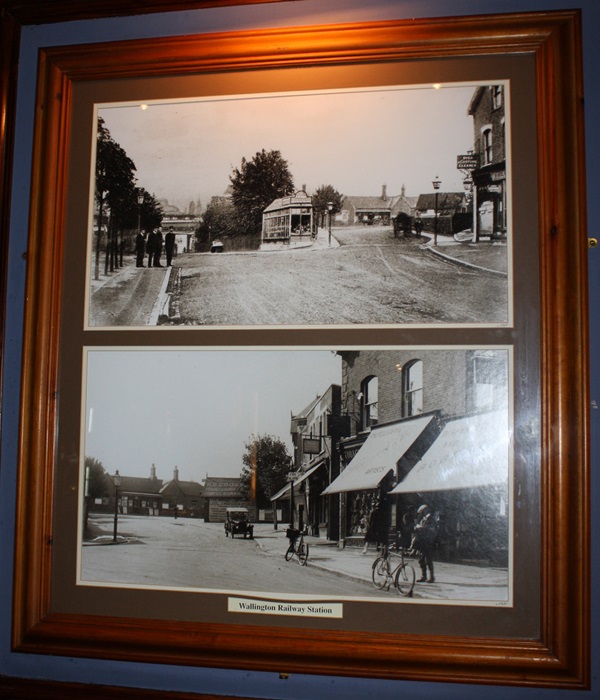
Framed photographs of Woodcote Road.
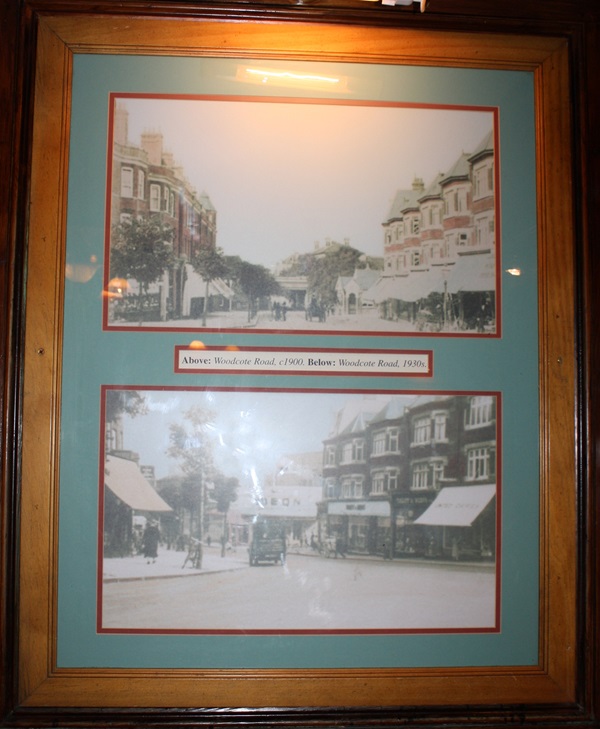
External photograph of the building – main and side entrance.
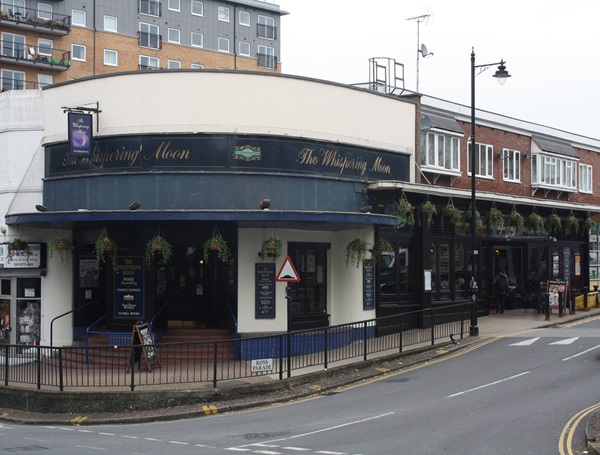
If you have information on the history of this pub, then we’d like you to share it with us. Please e-mail all information to: pubhistories@jdwetherspoon.co.uk